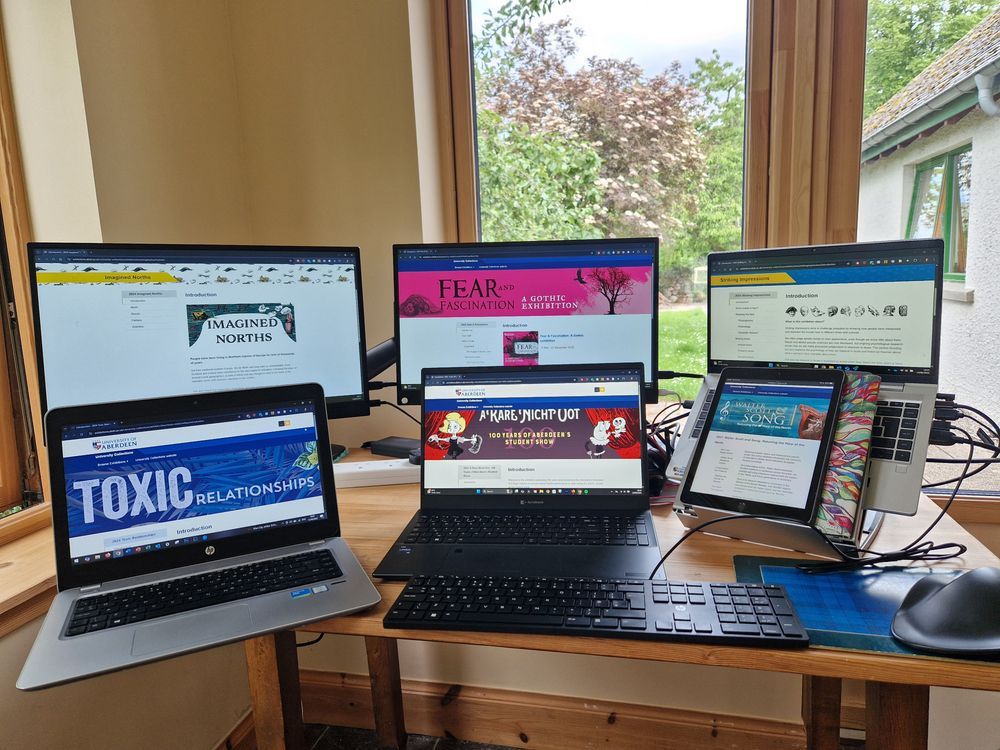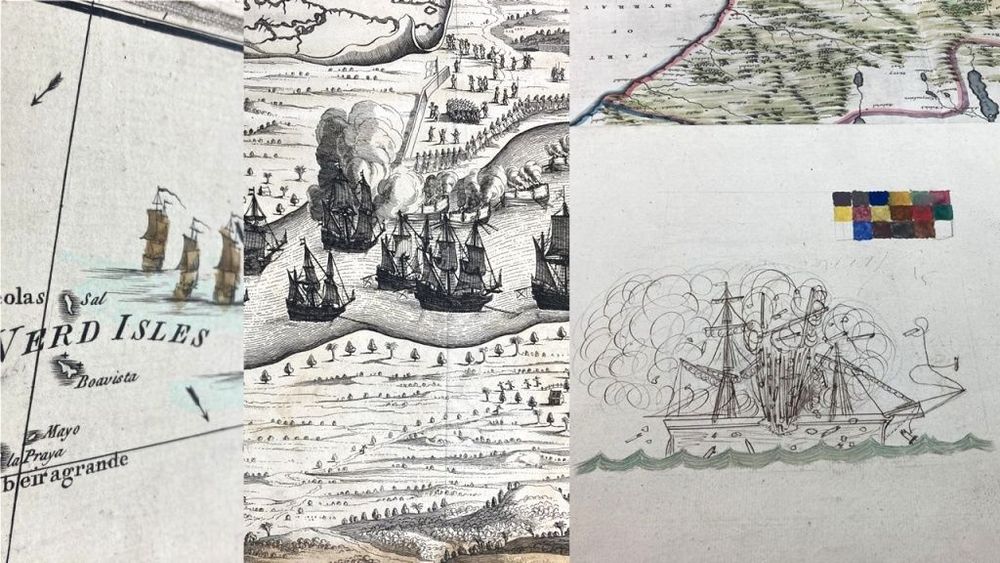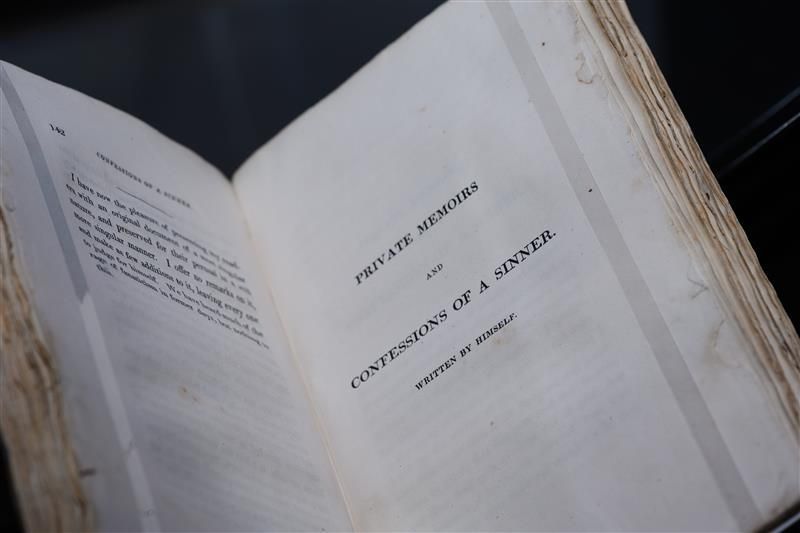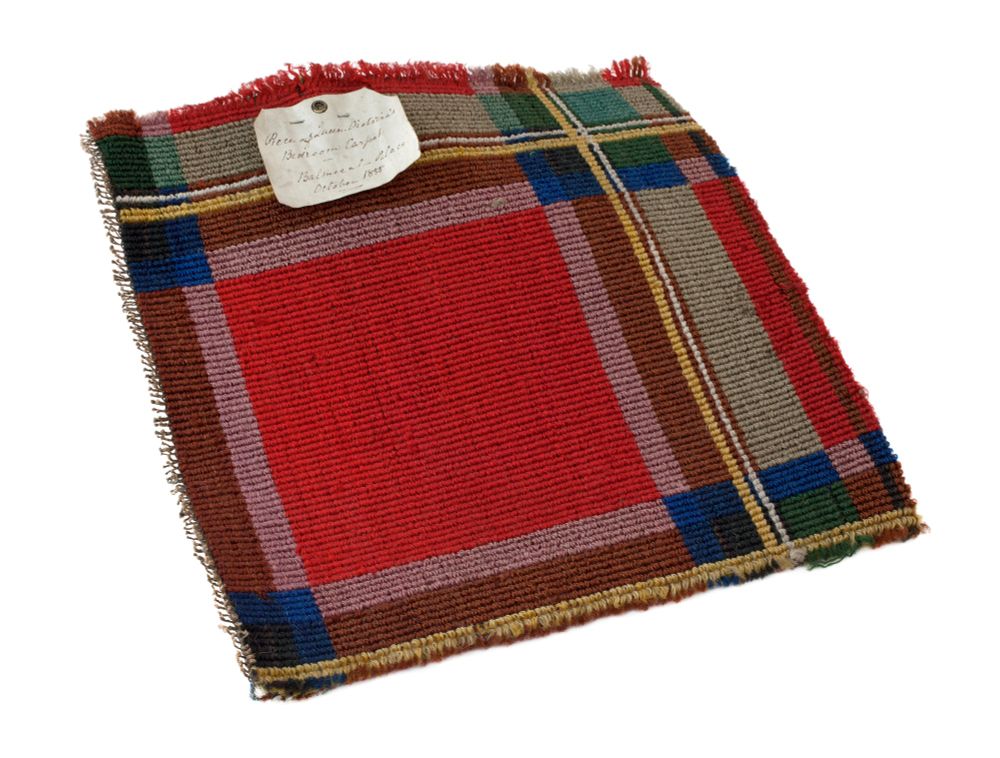University of Aberdeen Collections
@uoacollections.bsky.social
410 followers
250 following
73 posts
News, Events, Exhibitions and a look at the extensive and varied collections cared for by the University of Aberdeen Collections.
[email protected]
www.abdn.ac.uk/collections
Posts
Media
Videos
Starter Packs
Reposted by University of Aberdeen Collections







































